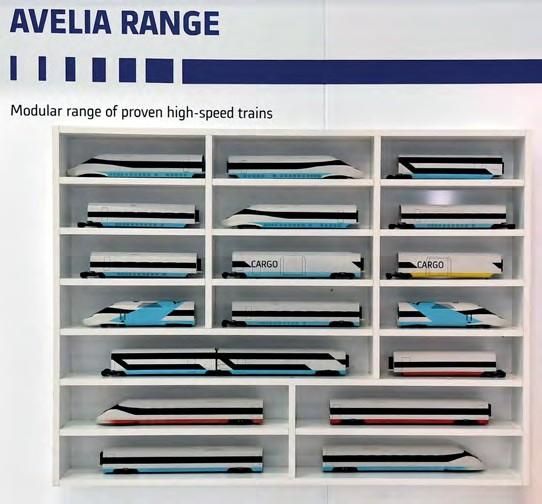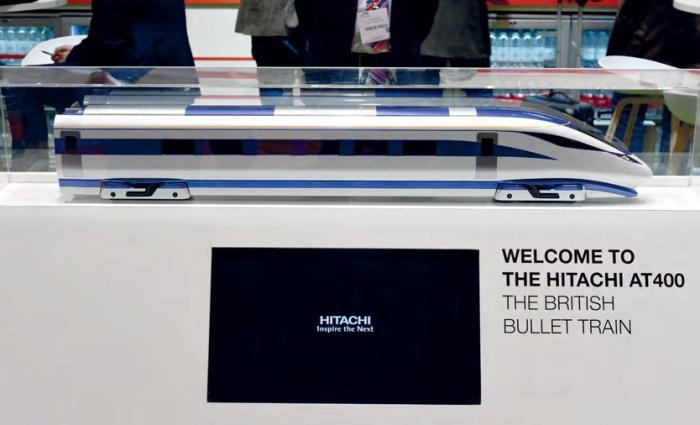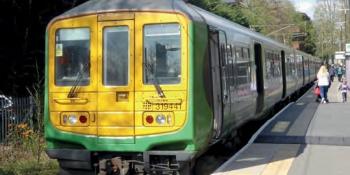Thus far it’s mostly a battle of the Sexy Front Ends
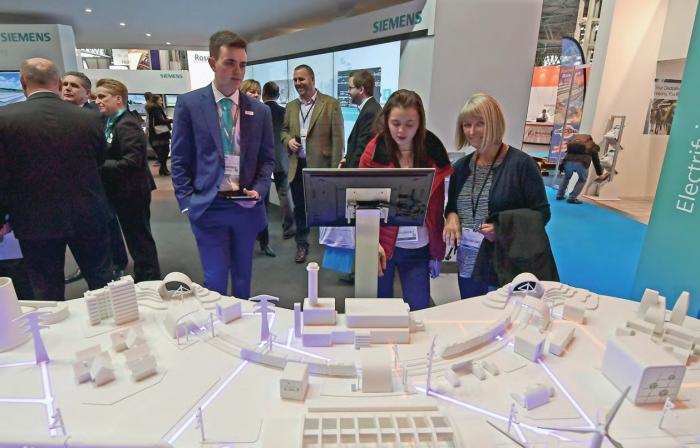
Several of the rolling stock manufacturers who have expressed interest in HS2 took advantage of the Railtex exhibition in May to showcase their wares. Mostly this was limited to models, artists’ impressions and the odd virtual reality walk through of an interior.
HITACHI
Let’s start with Hitachi which, the company claims, is ‘Bringing UK rail into the 21st century’. Nothing like patronising your adopted home to win friends and influence people.
While the company claims the Bombardier/Ansaldo ETR400 as its own, this will not form the basis for an HS2 CCVHST offer. The concept AT400 driving vehicle on show, dubbed ‘The British bullet train’, is ‘broadly based’ on the Shinkansen E5/E6 series.
E5 10-car trains have been in service since 2011 and run at 320km/h. The 25m vehicles have a maximum axle load of 11.7 tonnes, but that is before meeting European crashworthiness requirements. 2013 saw the introduction of the E6 seven-car ‘mini Shinkansen’, with a smaller cross-sectional profile.
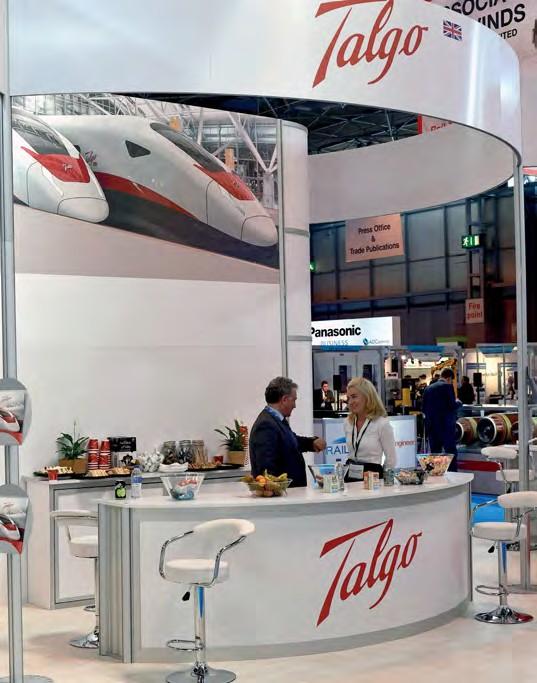
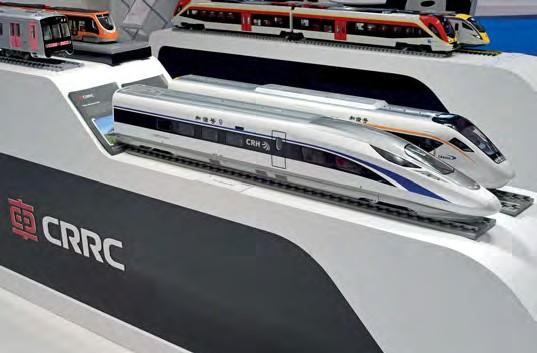
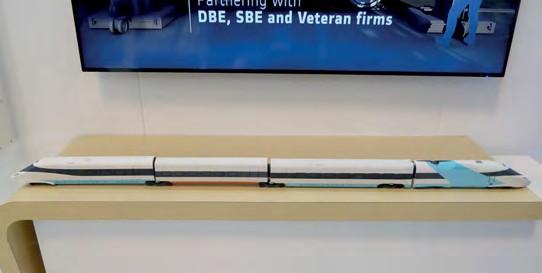
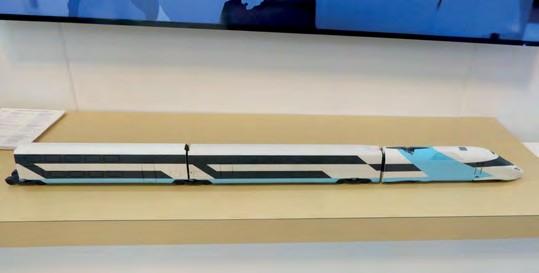
Both are derived from Japan East’s two Fastek 360 experimental trains. The 360 refers to the design speed in km/h; during test running 406km/h was reached. Note that having explored 360km/h, Japan East settled for 320km/h in service.
TALGO
Talgo presented the UK version of the AVRIL VHST which made its debut at InnoTrans back in 2012. AVRIL is a Spanish acronym: Alta Velocidad Rueda Independiente Ligero. This breaks down to High Speed, Independent Wheels, Lightweight.
Rather than insulting the customer, Talgo got with the Theresa May zeitgeist offering ‘High speed rail excellence, value for money for taxpayers’. You can almost hear the robotic repetition of this soundbite in response to a journalist querying the award of the contract to a Spanish company (Sure she’ll be around that long? – Ed).
Talgo reckons that AVRIL UK will be 20% cheaper to buy, cost 25% less to maintain and use 25% less energy. Than what is not stated.
Certainly AVRIL is innovative, or perhaps just different. The lightweight construction, articulation and independent wheelset technology may scare the horses. On the other hand, more short fat coaches, rather than fewer long thin ones, should give you lots of ‘furnishable space’, although capacity is quoted at HS2’s 528 seats.
Talgo also bucks the distributed traction trend, preferring ‘concentrated traction with end powers cars, but feeding more traction motors for performance and reliability’. Maximum design speed is 380km/h by the way.
Oh yes, and it also promises a special SFE, ‘very customised’ for the UK.
ALSTOM
Alstom is in the mix already, as HS2 has been using its AGV (Automotrice à Grande Vitesse) as a ‘reference train’ for technical and commercial development of the new line. However, there is also the Avelia Liberty articulated high-speed train ordered for Amtrak’s North East Corridor, which uses a derivative of Pendolino tilt technology.
Avelia also uses a compact driving power car instead of distributed traction and the maximum speed is 300km/h. On the other hand, AGV technology, in the form of bogies with permanent magnet motors, were fitted to French Railways’ V150 experimental train, which pushed the rail speed record to 574.8km/h in 2007.
Where Alstom was clever, I think, was in its display of 3D printed model rolling stock (see photos), which could be coupled together to form ‘trains’. This included pretty well everything from the group’s high-speed range, including the new ultra-compact 18m power car.
SIEMENS
Siemens was looking at HS2 as an integrated system including train control, electrification and even tunnel ventilation in addition to trains. Its calling card will be the e320s running into St Pancras.
Finally, although there were more models on the CRRC stand than a Bassett Lowke enthusiasts’ convention, technical communication was limited. Oh yes, and Bombardier wasn’t there
